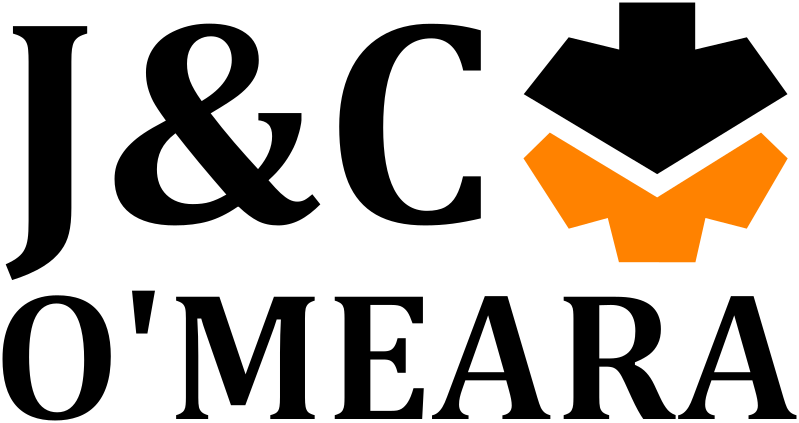Top 5 Edge Sanders for Woodworking Professionals
- John Shepperd

- May 14
- 3 min read

Edge sanders play a crucial role in delivering clean, accurate, and consistent finishes on timber panel edges. Whether you’re a high-output manufacturer or a bespoke furniture maker, having the right edge sander can significantly improve your production efficiency and the quality of your finished product.
From straight edges to curves, solid timber to lacquered finishes, the best edge sanders are versatile, reliable, and built to handle the demands of modern workshops. In this post, we’ll explore the top 5 features and models to look for when choosing an edge sander, along with practical advice to help guide your investment.
Why Edge Sanders Matter
While wide belt sanders focus on large flat surfaces, edge sanders are built for accuracy on narrow surfaces. They’re essential for:
Smoothing raw edges
Finishing veneered boards
Removing glue lines
Preparing edges for edging tape or lacquer
In many cases, they’re the final tool used before assembly or finishing, making consistency and control paramount.
1. Kundig Uniq Edge Sander
The Kundig Uniq is a standout for its industrial-grade build and simplicity. It offers a heavy-duty cast iron table, a precision sanding unit, and optional oscillation, making it ideal for both solid timber and veneered edges.
What sets it apart is its intuitive layout. The Uniq provides excellent visibility and access to the sanding area, which is particularly useful for detailed edge work. It also includes a tiltable table and support for internal curves, allowing it to handle a range of component types.
If you're looking for a reliable, well-built machine that performs consistently, this model is a top contender.
2. Kundig Uniq-S Edge Sander
An upgrade from the standard Uniq, the Kundig Uniq-S adds motorised feed and greater automation. Designed for higher-volume operations, it includes:
Integrated feed belt system for consistent throughput
Height-adjustable table
Option for multiple sanding units
This machine is particularly well-suited for workshops processing large batches of similar components. Its automatic features free up operator time and reduce physical fatigue, while maintaining a high standard of edge quality.
For companies looking to explore our top edge sanders, the Uniq-S offers a balance of control and productivity that makes it suitable for both bespoke joinery and medium-scale manufacturing.
3. Kundig Flash
The Kundig Flash is a specialist edge sander developed for lacquered and high-gloss surfaces. It features:
Pneumatic sanding pads
Variable pressure control
Fully electronic interface
High belt speeds for polishing and fine sanding
Its precise control over contact pressure and sanding movement ensures that even delicate finishes like acrylics or painted MDF are treated gently but effectively.
This machine is ideal for finishing components after edge banding or painting, particularly where a flawless surface is required.
4. Used Kundig Models
J&C O’Meara regularly supplies fully serviced used edge sanders. Pre-owned Kundig models, such as the original Uniq or earlier Flash variants, are popular with businesses looking to maintain quality while keeping costs down.
These machines are built to last, and when properly refurbished, they offer a cost-effective route into professional edge sanding. Whether you’re replacing an older machine or scaling up capacity, a used edge sander can provide excellent value.
All used models supplied by J&C O’Meara are inspected, tested, and backed by expert advice.
5. Entry-Level Options for Smaller Workshops
For businesses with lower throughput or budget constraints, simpler manual edge sanders with fixed sanding belts and tilting tables may suffice. While these machines lack automation or advanced features, they can still deliver excellent results with the right operator and setup.
Compact sanders are ideal for occasional use or as a secondary machine dedicated to a specific material or finish.
Key Considerations When Choosing an Edge Sander
Before you invest, consider the following:
Material type: Will you be working with solid wood, veneer, or lacquered panels?
Edge shape: Do you need to sand curves, internal radii, or straight edges only?
Throughput: Will the machine be used occasionally, daily, or for continuous production?
Space and extraction: Make sure your workspace can accommodate the machine, including dust extraction.
Automation needs: If consistency and speed are important, machines like the Uniq-S with automatic feed systems are worth considering.
Final Thoughts
Choosing the right edge sander is about understanding your production needs and selecting a machine that can meet them without compromise. Whether you need a precision sander for lacquered edges or a high-throughput unit with automatic feed, J&C O’Meara offers a wide range of models to suit every type of workshop.
All the machines mentioned above—both new and used—are designed for reliability, consistency, and professional results. By investing in one of our top edge sanders, you’re ensuring your finished products leave the workshop with a finish you can be proud of.

